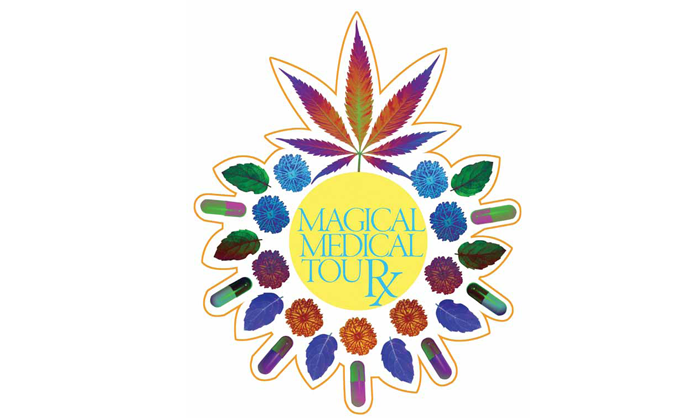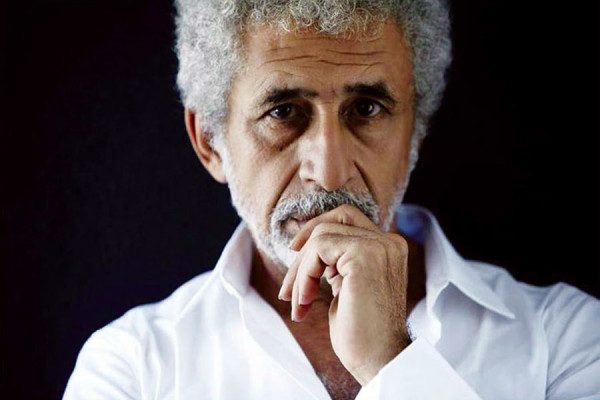In Don DeLillo’s satirical yet chilling novel White Noise, the protagonist’s life is upended by an amorphous environmental disaster referred to simply as “The Airborne Toxic Event.” The residents of Delhi, on the other hand, seem remarkably unfazed by the airborne toxic event that descends on their city when cold weather arrives. Euphemistically referred to as “fog”, a potent chemical cocktail of air pollution cloaks Delhi each winter, leaving in its wake, massively delayed trains and airplanes and alarmingly high rates of asthma and respiratory illness.
Perhaps it is the “fog”; perhaps it is the city’s water – seventy percent of which comes from the sludgy Yamuna; perhaps it is the constant influx of migrants bringing diverse bacteria and viruses; whatever the reason, Delhi has the ability to make me ill with impressive frequency and variety. By comparison, Pune, my last place of residence, was a veritable health spa.
But I can’t spend a whole column dwelling on Delhi’s toxicity. That would be far too depressing; and besides, it has little to do with popular culture, even if virtually all of my Delhi friends have experienced some kind of cough or cold in the past month (what could be more popular than that!). Instead, I’ll look at the silver lining: my various ailments have prompted a series of doctor’s visits that taught me more than I ever wanted to know about Delhi’s medical culture.
I can’t recall ever going to a doctor in Pune. But in Delhi, what a variety I’ve seen! Homeopaths! Vaidyas! Allopathic doctors!
Let’s stop a minute and savour that term: “allopathic.” Google tells me that this term does indeed exist in American English, but I never heard it before coming to India. “Allopathy” was coined by homeopaths looking for a derisive way to describe mainstream medicine. The popularity of the term in India suggests the country’s openness to alternative medical systems. Perhaps “alternative” isn’t quite the right word, though; while homeopathy has always been on the margins in India and elsewhere, Ayurveda, was – before British rule, at least – a mainstream medical system on the subcontinent.
“When the alternative medicine crowd in the United States criticizes mainstream medicine, one main complaint is that doctors just push pills.”
Ayurveda is, of course, seen as an alternative in those countries where the term “allopathy” is rarely used because the dominance of Western medicine is so deeply ingrained. Ayurveda has enjoyed a surge of popularity in the United States, for instance, where it has been molded to fit the requirements and preconceptions of the alternative health community; the emphasis is on holistic treatment, a sense of balance, and a touch of feel-good, Hindu-inspired spirituality. Within progressive American circles, Ayurveda joins yoga and vegetarianism in the collection of Indian contributions to enlightened living.
But, as I wrote when describing food culture in these pages, cultural norms have an odd way of transmogrifying when they cross borders. So, a tree-hugging friend of mine was quite surprised when a yoga teacher in Delhi tried to indoctrinate him with Hindutva ideology. I got a similar shock when I visited an Ayurvedic doctor in Delhi for the first time. I was accompanied by a friend who also served as a translator. The vaidya seemed more interesting in her than me. What was she doing with this white man? Did she live in this neighborhood?
When she said that she was studying at the nearby university, he retorted, “Why? What’s the point of all this studying?” The implication being, clearly, that she had a life of womanly duties in front of her. What was the point of filling her head with all these useless ideas?
As if this weren’t enough to shatter my beliefs about Ayurveda’s progressivism, the vaiyda then turned to me and asked my symptoms. After briefly taking my pulse, he said something like: “This is not a big deal. Just take these medicines” – he quickly scribbled out a prescription – “and you’ll be fine.” He took his (sizable) consultation fee, and sent me on my way.
When the alternative medicine crowd in the United States criticizes mainstream medicine, one main complaint is that doctors just push pills. They don’t address underlying issues or suggest integrated approaches to better living. The exact same complaint could be leveled against the sexist vaidya. His products were Ayurvedic, but his process was pure allopathy.
Along with an emphasis on quick results through medication, the Delhi doctors I’ve met (Ayurvedic or otherwise) have by and large promoted a culture of obedience and hierarchy. They’re the experts; we must do as we’re told. Why ask questions?
In its holistic form, Ayurveda should – I’ve been told – respond differently to each individual’s unique constitution. But, as a patient in Delhi, I’ve felt like a cog in a machine. Never was this feeling more acute than during my visit to the offices of Brihaspati Dev Triguna, the famed vaidya and Padma Vibhushan winner. At first, I mistook the offices for a temple, such were the crowds of reverent people. I had made an appointment in advance, so I did not have to put my name on the lengthy list maintained by the attendant at the main door, who doubled as a traffic controller. My consultation was over in about forty-five seconds, and I was presented (of course) with my prescription slip. Then I joined the sea of people awaiting their medications, handed in my slip, and waited a full hour, finally collecting my goods first from the pills window, then from the powders window. I couldn’t help thinking of a McDonald’s drive-through.
To be fair, the medicines were quite effective, but I don’t think the crowds helped my headache. I haven’t returned to Vaidya Triguna, but I’ve realised that his mass-produced methods are likely the only way of attending to the thousands of people that come from around the country to seek his aid. The production line is the ultimate source of the pollution exacerbating Delhi’s health woes, and perhaps Delhi’s vaidyas have bought into the foundational principle of their rivals, the homeopaths: like cures like.














